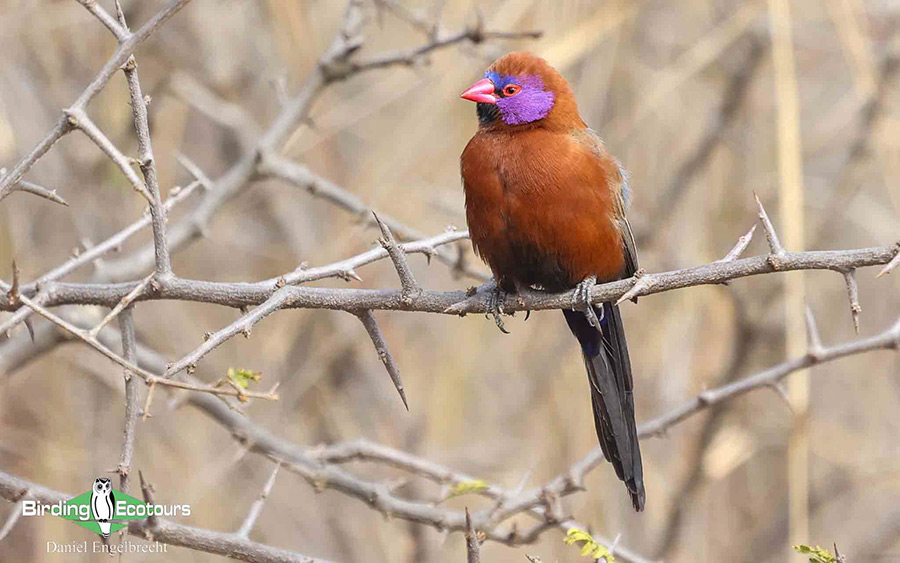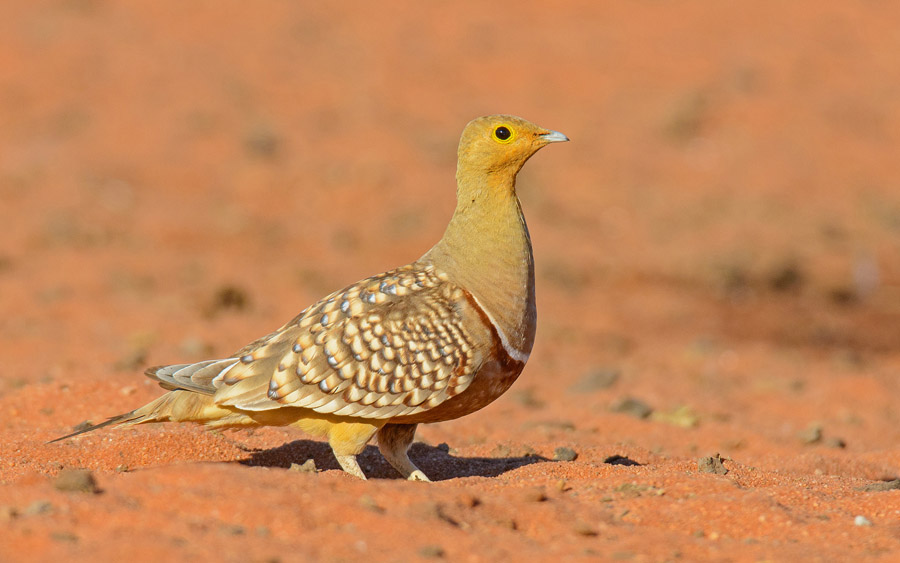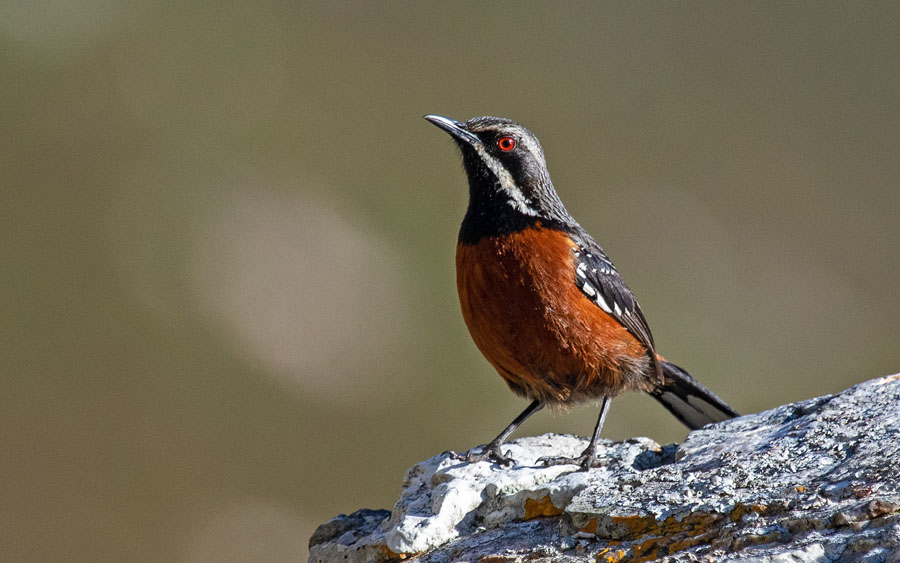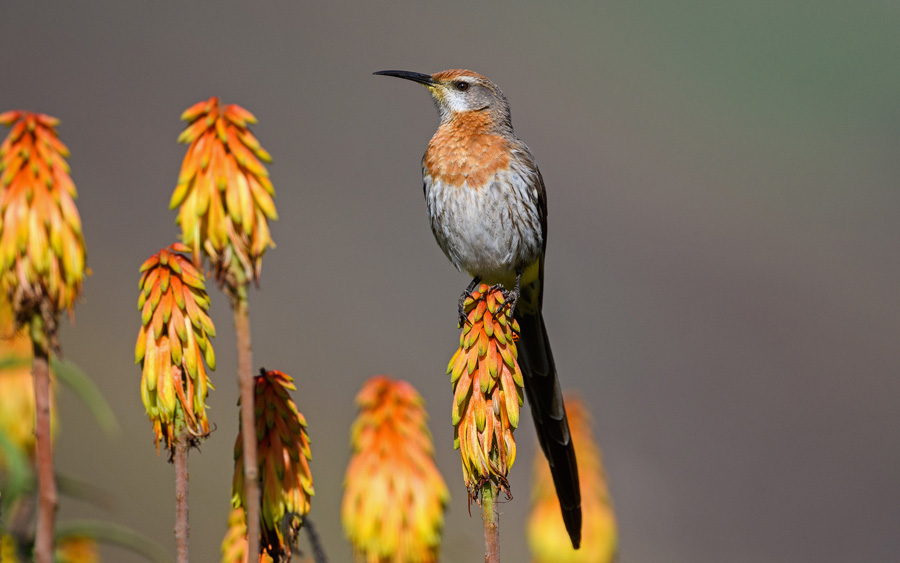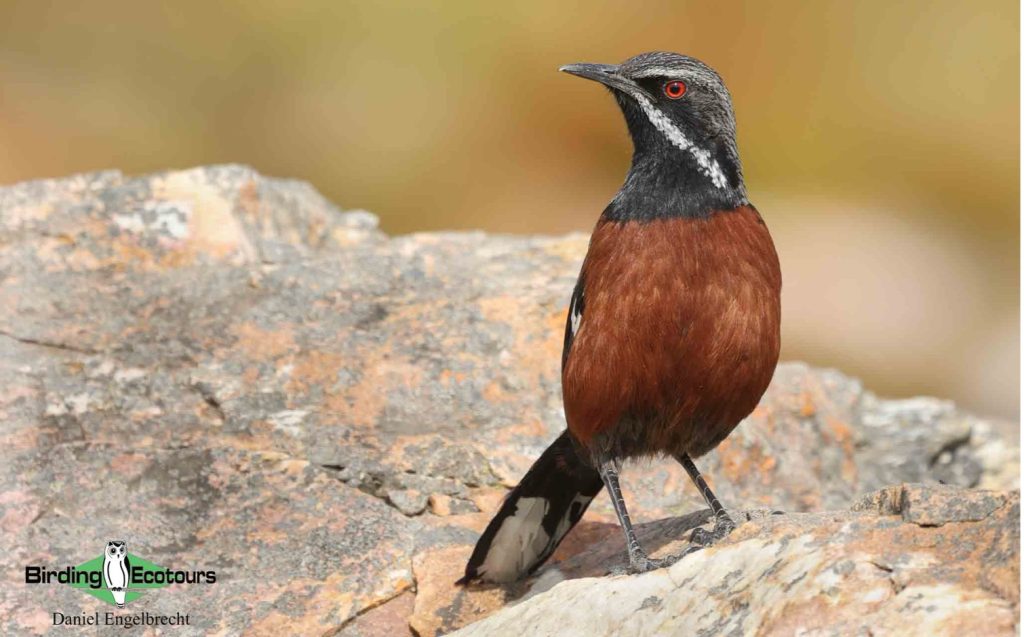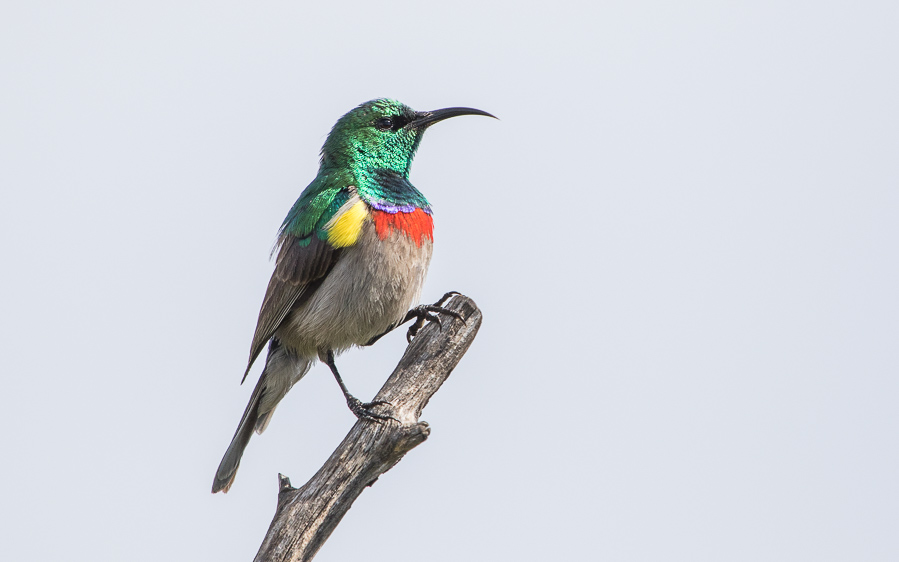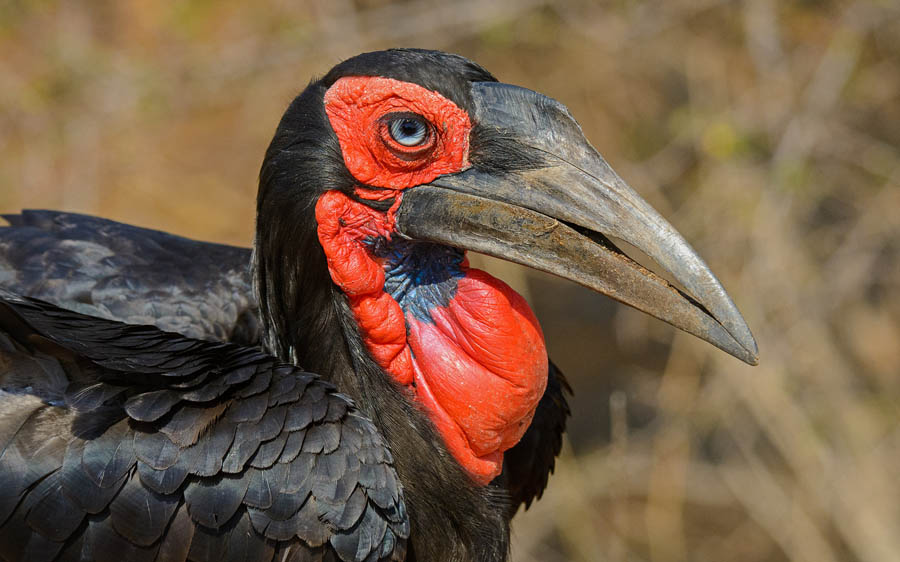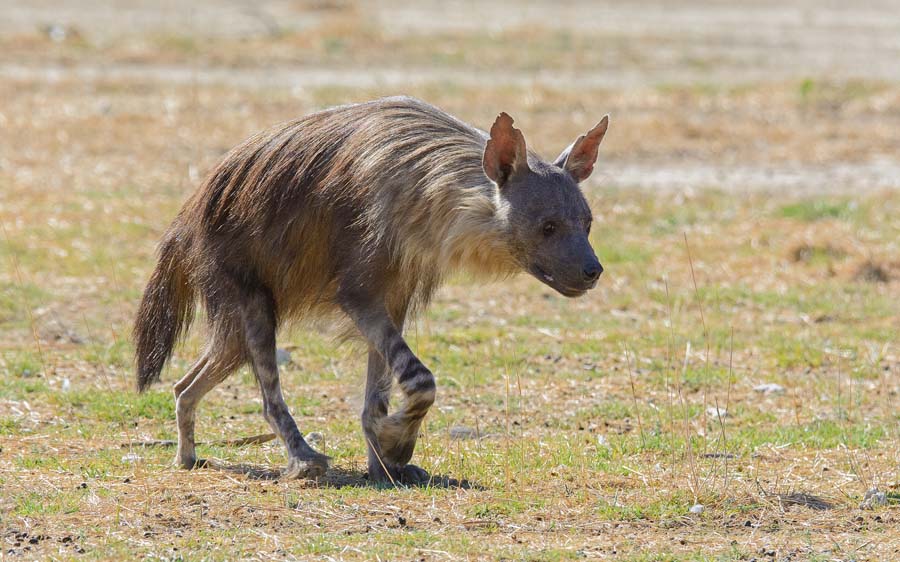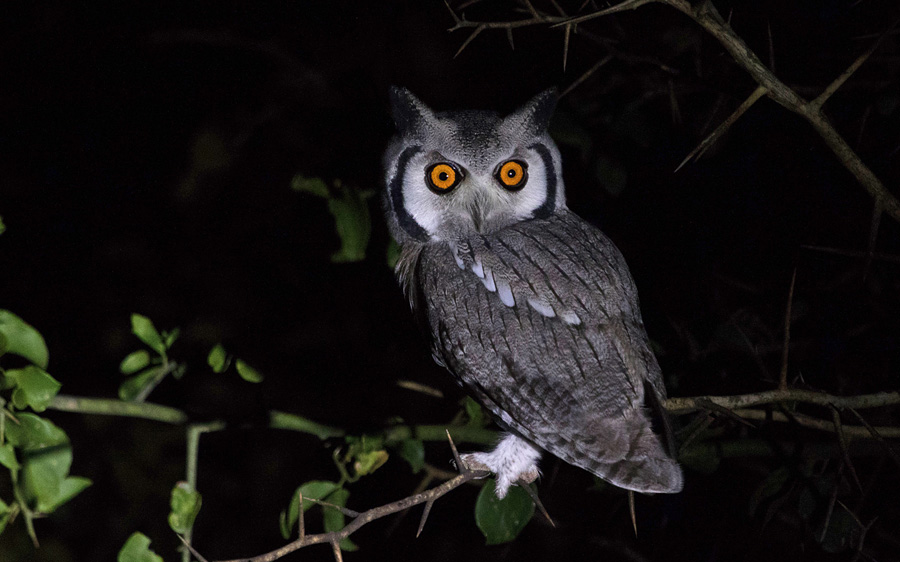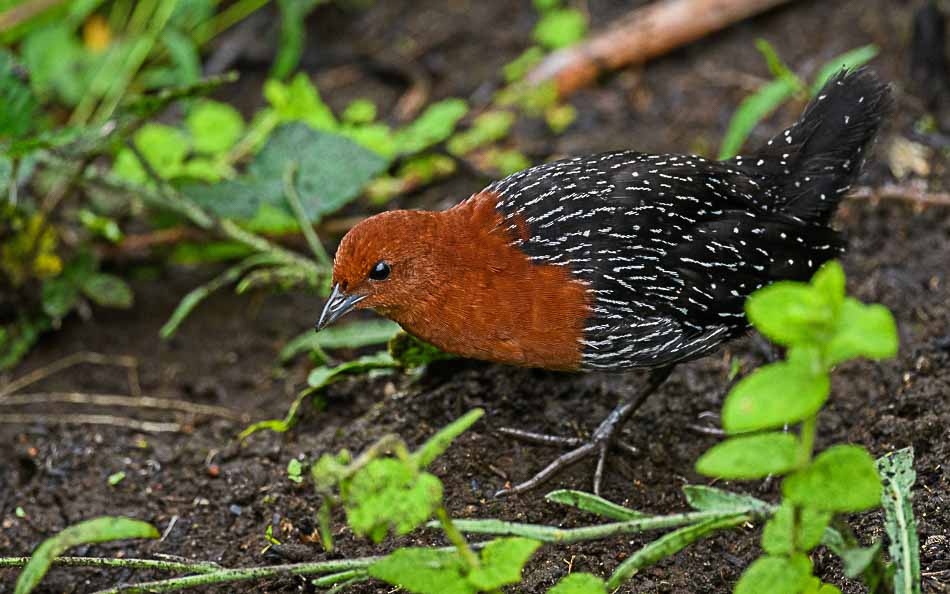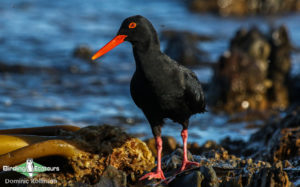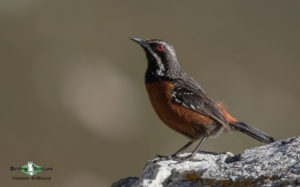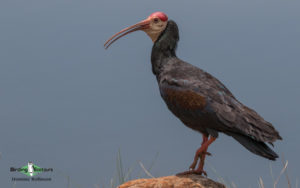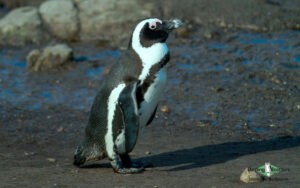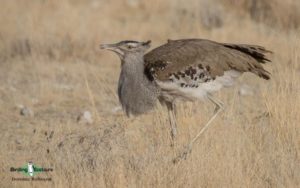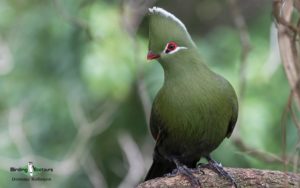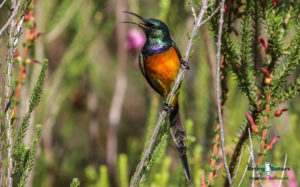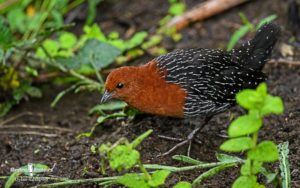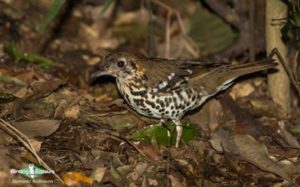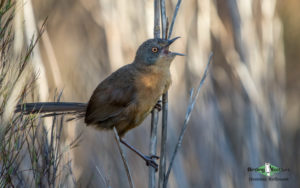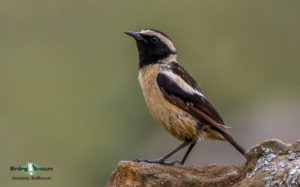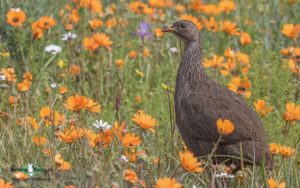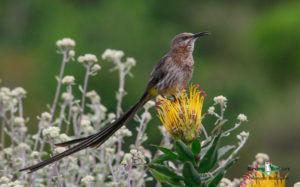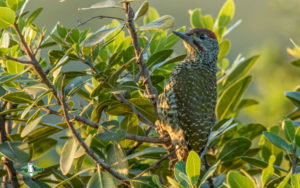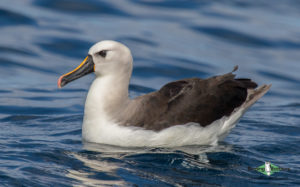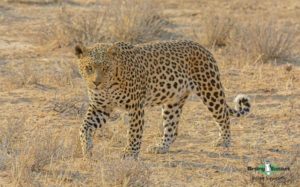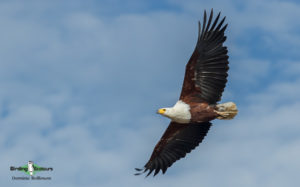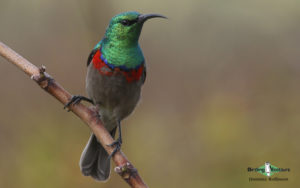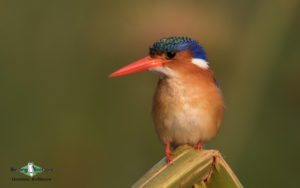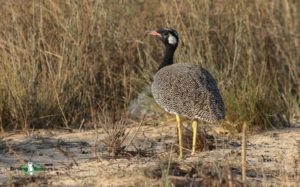South Africa Birding Tours
Our South Africa birding tours are extremely popular as South Africa (officially the Republic of South Africa or RSA) is arguably the best value destination on the entire continent. The outstanding infrastructure, great accommodation, excellent food, wonderful South African hospitality, spectacular and varied scenery, and the presence of Africa’s big and small mammals makes it one of the most pleasant countries in the world for a birding safari.
South Africa recognizes more than 870 bird species (which includes eight species occurring only on the Prince Edward Islands, which are two remote sub-Antarctic Islands belonging to South Africa comprised of Prince Edward Island and the larger Marion Island). The list grows most years as new species get reported. More details of the official South African bird list can be found in our blog on this topic.
While a list of around 870 bird species is moderate compared to, say, Uganda or South American and south-east Asian countries, it’s partly the ease with which these species are seen and the fact that so many of them are dazzlingly plumaged and spectacular that make South Africa so productive as a birding destination. We often used to see well over 500 bird species on our South African birding tours in three weeks when combining our 1-week Western Cape (think African Penguin, Blue Crane and Cape Sugarbird!) birding tour with our classic 2-week subtropical South Africa birding tour (although we’ve extended this to make it 18 days long now, so as to see even more species and to enjoy the big and small African mammals more). Additionally we also include a boat trip off Cape Town for some pelagic birding, where you can expect high densities of amazing seabirds!
Read More About South Africa
And, very importantly, South Africa boasts more endemic and near-endemic bird species than any other mainland African country, even more so if the two tiny countries practically contained within its borders (Swaziland – now called Eswatini – and Lesotho) are included. Certain species, such as Drakensberg Rockjumper, are actually found largely in Lesotho and adjacent parts of South Africa (basically the greater Drakensberg area). A lot more about these South African endemic birds is detailed in our South African endemics blog. Our birding tours are of course designed so that you can see the endemics, but we don’t ignore all the other more widespread species. Many of the localized birds and endemics lurk in the Western Cape, the Karoo, Bushmanland, the Drakensberg and Lesotho, and the Zululand coastal belt (these latter species, including Pink-throated Twinspot, also occur in southern Mozambique).
South Africa is a magnificently scenic country. The Great Escarpment, formed mainly by the Drakensberg in the east and the Karoo escarpment in the west, can be immensely spectacular in places. Much of the central parts of the country, including the largest city (Johannesburg), occupy the high-altitude plateau. The coastal plain is generally narrow. Many of the country’s evergreen forests are along this coastal plain or on the eastern escarpment, and there are also some very interesting (from an avian point of view) forest patches in the rolling hills of the Natal Midlands.
South Africa’s climate is mild overall, partly because it’s mainly a temperate country (only the extreme north makes it into the tropics) and partly because the bulk of the country is widespread. The “lowveld” and Zululand do get hot and humid, though, but these are some of the most bird-rich and mammal-rich areas.
South Africa has an incredible diversity of wildlife apart from birds, making it a perfect destination for your African safari. Due to the large numbers of game reserves it is one of the best countries for African megafauna (including the “Big 5”), but it also hosts a bunch of brilliant smaller mammals. Aardvark is relatively easily seen on our tough-mammals trip to the Kalahari, along with some smaller cats, including Black-footed Cat if you’re lucky. Zululand has Nyala, Suni, and other less-widespread and common mammals.
Are you ready to choose your next South Africa birding tour? Please browse the many birding holidays that we have available for small groups. Or contact our team for more information on our custom tours – which can be created to cater for your tastes and requirements!
Looking for day tours in South Africa? Visit our South Africa Day Tours page. We can run the day tours as birding photo tours as well.
Download South Africa Itineraries
1-3-day Northeastern Johannesburg/Pretoria Birding Tour
1-day Cape Mountains and Fynbos Birding Tour
1-day Cape Peninsula Birding Tour
1-day Dinokeng / Zaagkuilsdrift Birding Tour
1-day Garden Route Birding Tour
1-day Johannesburg - Highveld and Wetlands
1-day Johannesburg - Walter Sisulu National Botanical Garden
1-day Rare Mammals of Cape Town Tours
1-day Sani Pass and Lesotho Birding Tour
1–3-day Johannesburg/Pretoria Birding Tours
2-day Rare Owls, Flufftails, and Drakensberg Endemics, from Johannesburg/Pretoria
3-day Agulhas Plains (Overberg) Birding Trip
3–5-day Northern Cape Larks and other regional endemics
Budget Limpopo: Northern Forests and Bushveld Birding Tour November 2025/ February 2026
Premium Kruger & Escarpment Birding & Wildlife Safari September 2026
South Africa Birding & Photo Tour – Cape to Kruger National Park January 2026
South Africa: Best of Cape Town & Beyond October 2025 / 2026 / 2027
South Africa: Budget Cape Town - Fynbos Endemics and the West Coast November 2025/February 2026
South Africa: Mammals & Birding – The Kalahari September 2026
Subtropical South Africa Birding Tour: Comprehensive Eastern South Africa October 2025/2026
Western South Africa: Cape Endemics, Namaqualand Wildflowers & the Kalahari August 2025/2026
